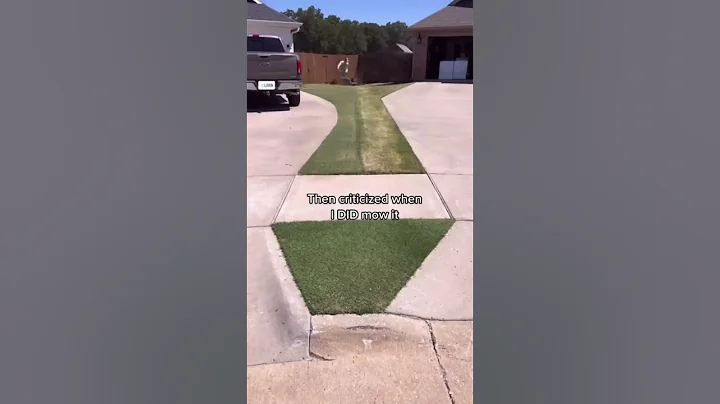My baby was quite noisy when he took a bath -
He wouldn't get into the bathtub. He wouldn't sit down before he got into the bathtub and would just stand. He wasn't allowed to wash his face or hair. He would cry whenever there was water in his eyes. Give him a bath and brush his teeth. List the top two daily parenting challenges.
Until an enthusiastic fan gave me a little rocket. Now the child obediently sits in the tub every time he takes a bath. Amazing.
Let’s first share some basic knowledge about baby bathing. Let’s take babies under 1 year old as an example.

1. Basic bathing knowledge for babies aged 1-3 years old
1. Bathing frequency
Newborns can have a bath once every 3 days. For children aged 1-3 years old, bathing once every two days will make the baby's skin drier.
2. Take a bath in the morning or at night
Just choose a time when parents are not in a hurry. It can be done in the morning or in the evening. Many parents regard bathing as their child's bedtime ritual. If the child has just eaten, wait 30-1 hours before bathing.
3. Bathing sequence
Take off the baby's clothes and wrap it in a towel. Place your baby on his or her back. If the room temperature is low, expose only the parts of your baby's body you are cleaning. Wet a washcloth with plain warm water. Then wring out the excess water and wipe your baby's face. Wipe each eyelid from the inside to the outside.
To clean your baby's body, use a damp towel dipped in water. And pay special attention to folds that are not easy to wash, such as the armpits, behind the ears, around the neck and the diaper area. Also wash between your baby's fingers and toes.
Most parents start with their baby's head and face and then move down to the dirtier parts of the body. Just follow your personal habits in the order of bathing.
Using your hands, gently massage a drop of mild baby shampoo into your baby's scalp. Rinse the shampoo with a cup of water or a damp towel while placing a hand on your baby's forehead to prevent the foam from getting into your baby's eyes.
Most babies do not need to apply lotion after bathing. If your baby's skin is very dry, apply a small amount of unscented baby moisturizer to dry areas. Massage may make your baby feel better.
If your baby has dry skin, reduce the number of baths to see if this can alleviate the symptoms.
4, water temperature
Before giving your baby a bath, be sure to check the water temperature with your hands. The water temperature is controlled at around 38 degrees Celsius, while ensuring the room is comfortable and warm. A wet baby can easily catch a cold.
6. Prepare bathing items
 . Plastic bathtub
. Plastic bathtub
You can use a plastic bathtub to bathe your baby. Do not leave your baby alone in the water if alone.
 , body wash
, body wash
3, towel
4, bath towel
5, bath toy
The bath toy recommended to you today is a fun little rocket. If your baby is a space fan, this little rocket is a must-have.

2. The baby's bathing artifact - the little rocket
is suitable for babies aged 1-3 years old
1. It is made of
abs material, safe and odor-free.
ABS is a thermoplastic polymer structural material with high strength, good toughness, and easy to process and form. It is also called ABS resin .
ABS plastic is not toxic. In fact, most plastics have relatively stable properties and are difficult to react with other substances at room temperature, so they have no direct toxic effects on organisms. There are two colors:
2 and
. The designer selects colors from the color library that are more suitable for the baby's perception.
blue gray

ruby red

3, shape
frosted surface texture, soft corners, better baby gripping experience.
is taken out of the water, and the bottom rotates according to the power of the water and forms the shape of a rocket launch flame.
Hydrodynamic force (hydrodynamic force) is a navigation science and technology term announced in 1996. From the first edition of "Terms of Navigation Technology".
is a discipline that studies the movement laws of water and other liquids and their interaction with boundaries, also known as hydrodynamics. Liquid dynamics and gas dynamics make up fluid dynamics. Humans have long begun to study the laws of stillness and motion of water, and these laws can also be applied to other liquids and low-speed moving air. Since the 20th century, with the development of aviation, aerospace, navigation, water energy, oil production, medicine and other sectors, edge subjects combined with fluid dynamics have continuously emerged and enriched the content of fluid dynamics. The methods of liquid dynamics research include on-site observation, experimental simulation, theoretical analysis and numerical calculation.
4. How to use
Put the child in the water, demonstrate it first, and then let the child play freely. Trust me, your kids will have so much fun playing that they won’t want to get out of the bathtub. Personal test is effective.
If you are having a headache trying to bathe your child, try this.
Lunbao mother, scientific parenting. bye-bye~





















